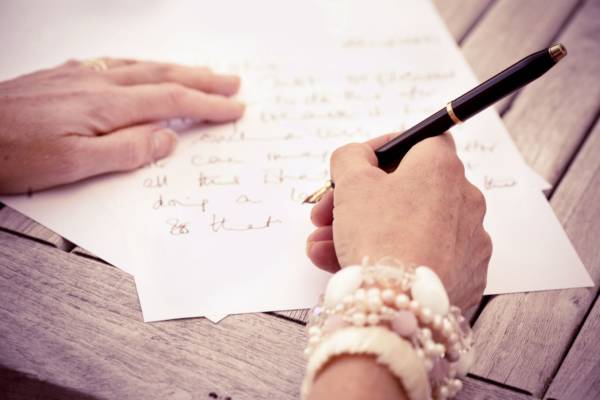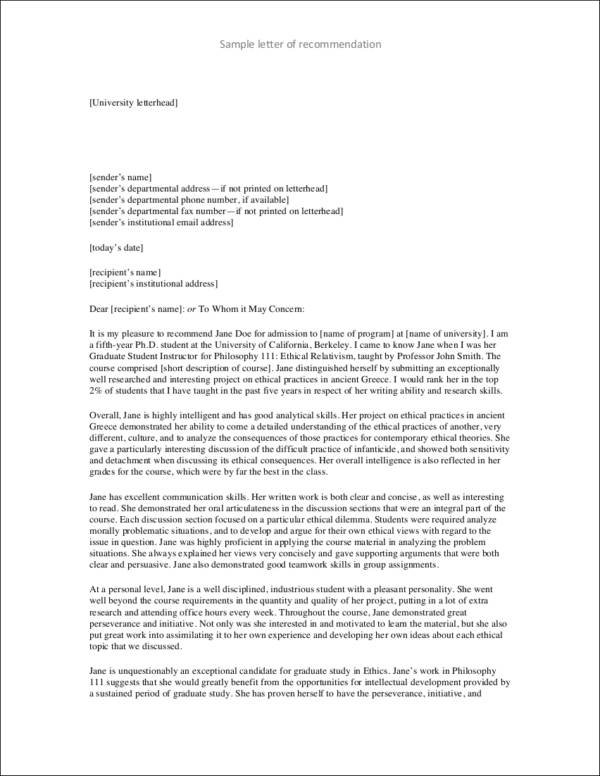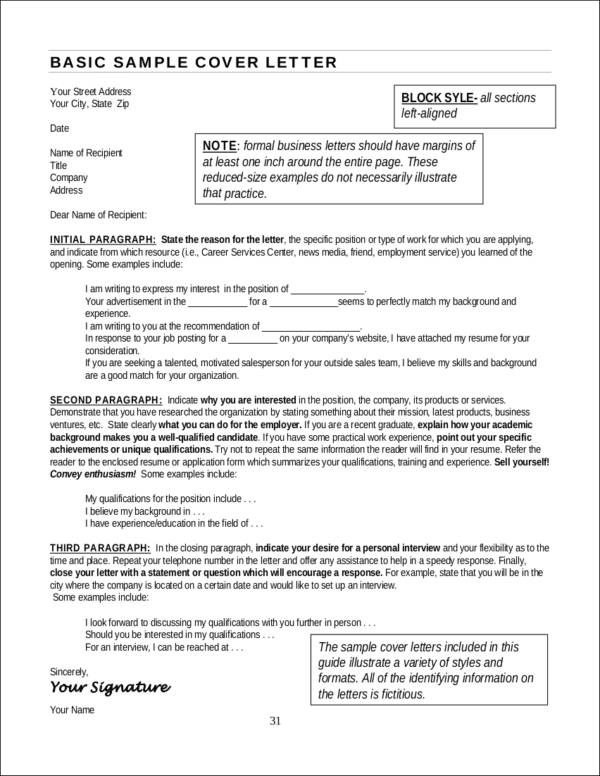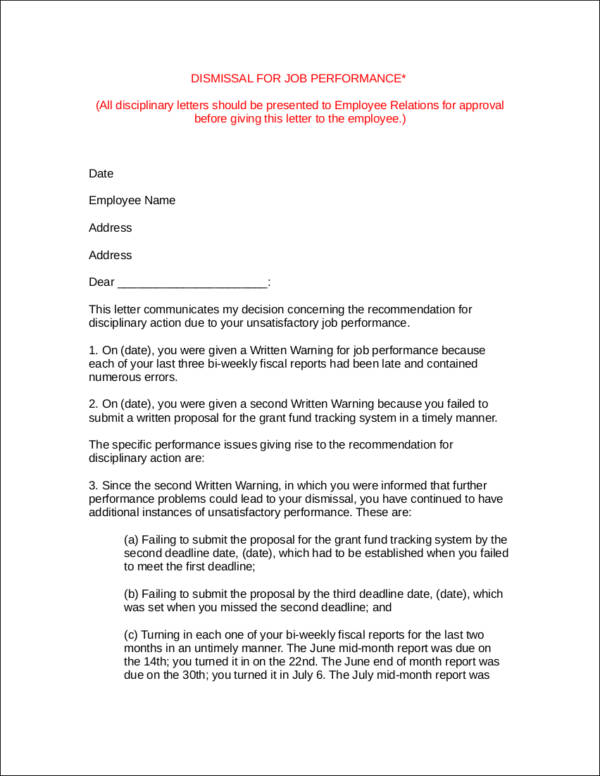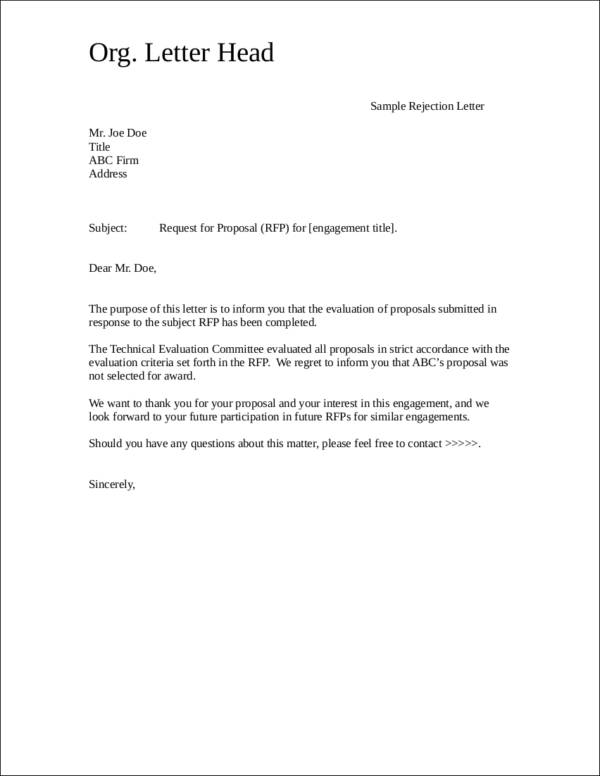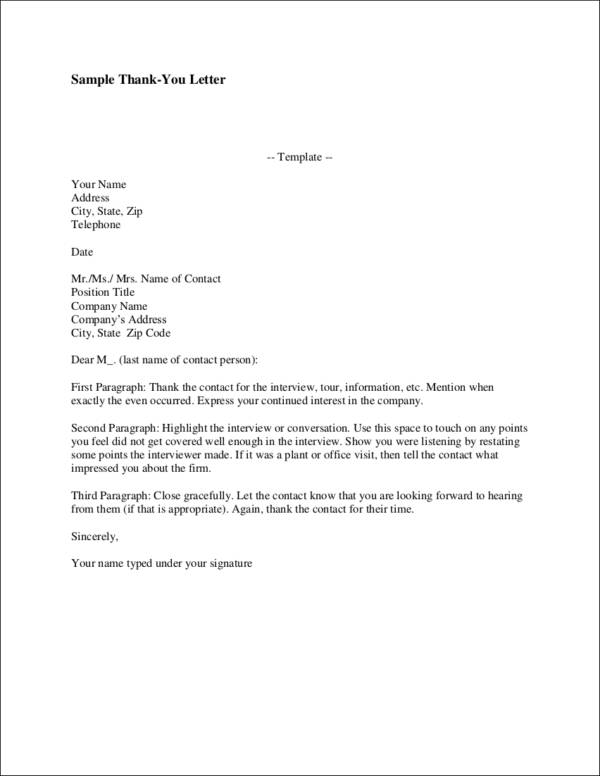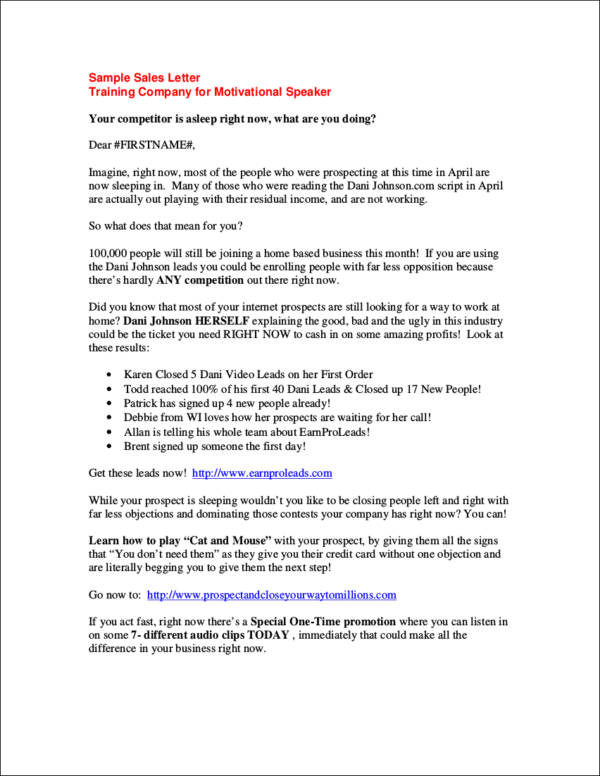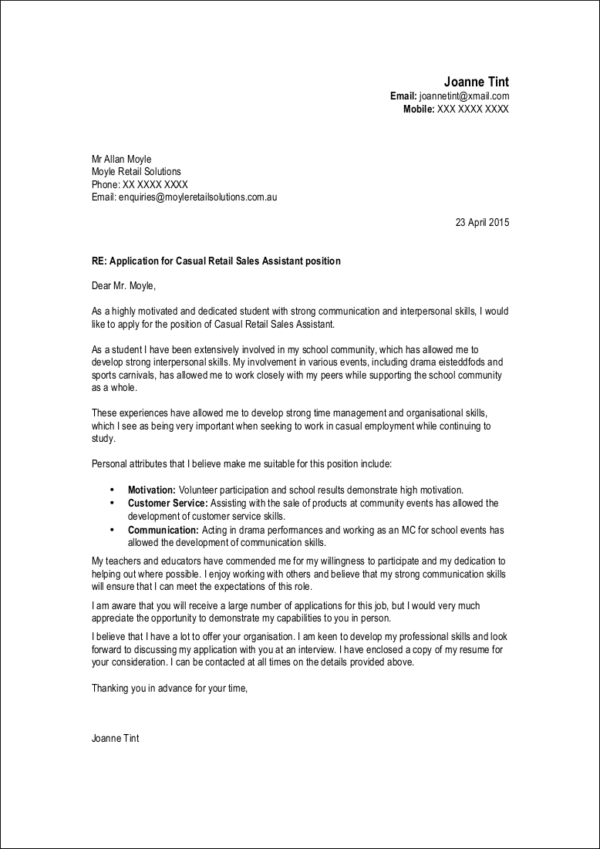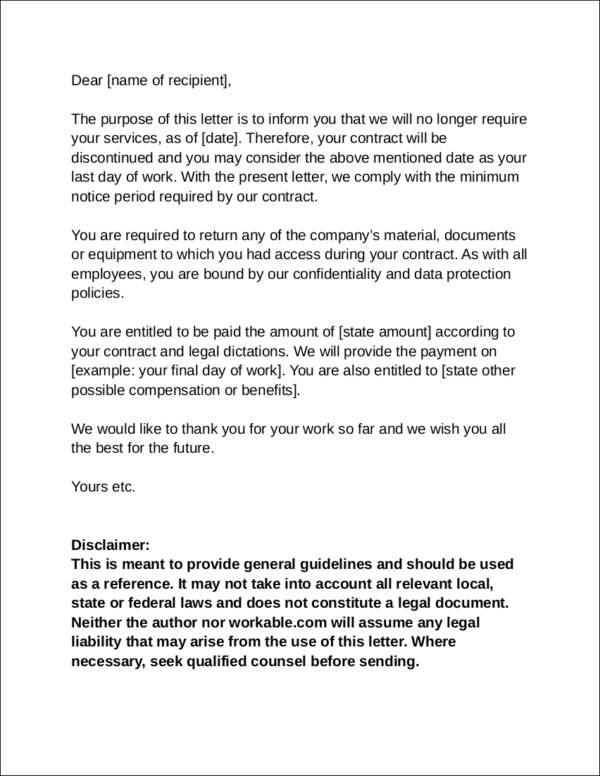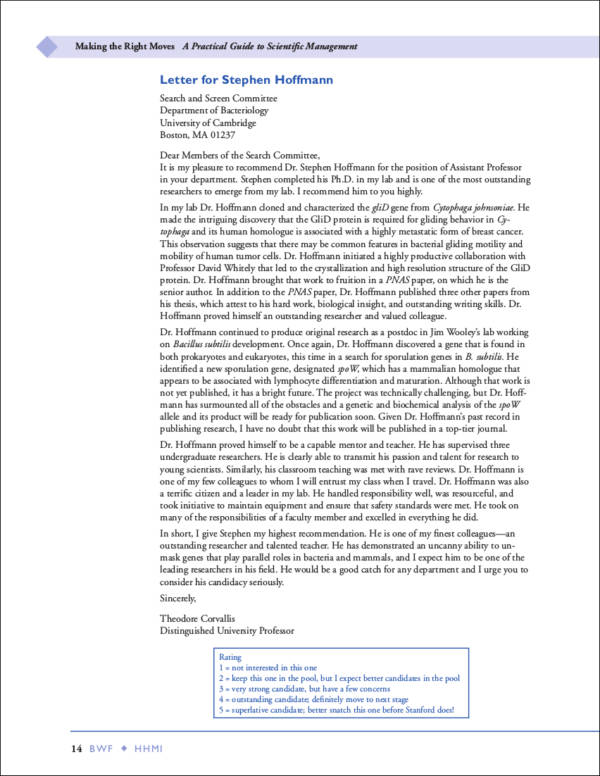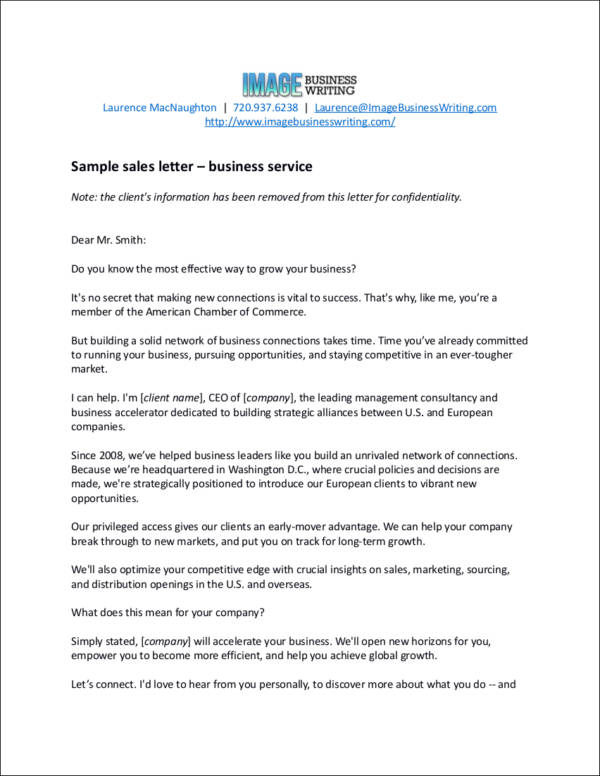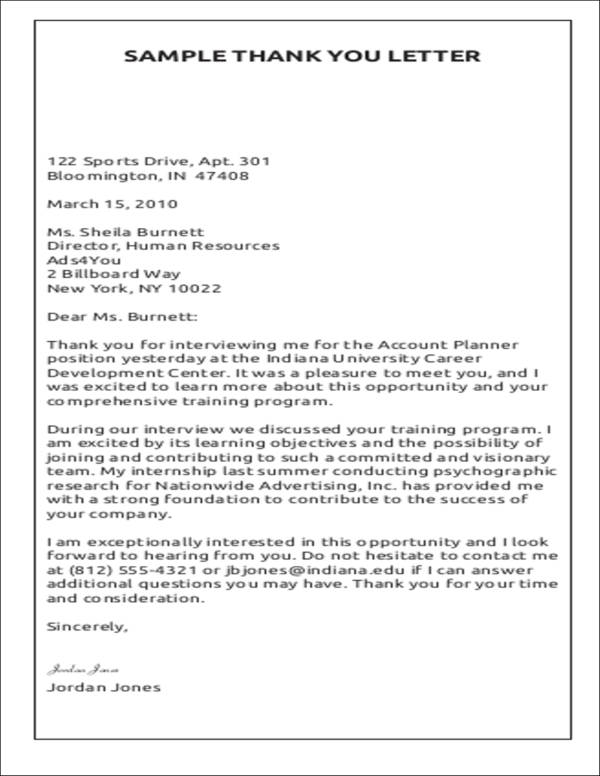Letter writing is the main means of communication being used during the ancient period. It is important back then to have a reliable messenger or message carrier who would send the letter to the person it is intended for and then back to the person who sent it to confirm its receipt and hand in the reply of the other person. Imagine the struggle a messenger has to go through just to be able to deliver the letters. You may also see requisition letter formats
- Sample Letter Writings
- Free Writing Samples
As time passed, people have found ways to make sending and receiving letters easier and faster. The process of writing and sending letters has evolved from the messengers used during ancient times, to sending letters through post and presently by sending emails via the Internet. Even with the technological advancement that we are experiencing now, we still write letters. A lot of people still prefer writing letters. You may also like professional business letter templates
Letter writing has not come to an end and is nowhere near getting extinct. For some reason, it is still being used in a lot of industries and companies when making business letters or marketing proposals. Individuals also still make application letters to help them apply for a job. In this article are letter samples in different varieties that you can view and download to help you with writing your own letter. Also discussed are the basics that you need to know about letters.
Sample Letter of Recommendation
Basic Sample Cover Letter
Sample Letter of Dismissal
Sample Rejection Letter
Sample Thank-You Letter
Parts of a Letter
There are seven different parts of a letter, namely the heading, date, address, salutation, body, complimentary close, and the signature. Each part is equally important and must be present at all times in a letter. Having knowledge about the different parts of a letter will help you write different kinds of letters easily.
1. Heading
The heading in a letter is usually positioned on top of the letter bearing the company or entity’s name address and contact information. It is very important that the sender’s name and contact details be added in the heading. A lot of companies use their own company heading or logo in every letter that they make. Some individuals also use headings in their letters, but some prefer not to.
2. Date
The date that should be written in a letter is the date when it will be sent and not necessarily the date when it was written. In writing the date in a letter, the full name of the month should be used and the year should have all four digits in it. The format used usually starts with the month, followed by the day, and then the year. You may also check out sample formal request letters
3. Address
This refers to the address of the person to whom the letter will be sent to. The address part includes the name of the person, their designation, the name of the company they work in (if it is a company-related letter), the address of the company, and their contact details. Below is an example.
Mrs. Jane Doe, Marketing Director
Swallow Marketing
456 Huntington Street, Newark, NJ 07101
4. Salutation or Greeting
The most common salutation or greeting that you can see in a letter, regardless if it is a business letter or a thank-you letter, starts with “Dear.” However, this is only used if you know the name of the person to whom you are writing to or if you know their designation. You can say, “Dear Mrs. Doe” or “Dear Marketing Director.” If in case you do not know the name of the person to whom you are sending the letter, you can use “To Whom It May Concern” punctuated with a colon at the end and not a comma. This is how you would usually write in a job application letter if the name of the person to be addressed is not indicated in the vacant post.
5. Body
The body of the letter is the longest part of the letter which consists of three parts, namely, the introduction paragraph, the main content paragraph, and the summary paragraph. The body of the letter makes up a huge part of your letter as this is where you will be telling a lot of things to the recipient depending on the purpose of your letter. You may also see sample formal letters
6. Complimentary Close
In a letter, it is a short phrase equivalent to saying goodbye. When you are done with the summary and you need to end your letter, it is a must that you add a complimentary close. Examples would be, “Sincerely yours” and “Yours truly.” The complimentary close you will be using in your letter would depend on what kind of letter you are writing. If it is a formal letter, it is a must that you use a formal complimentary close just like the samples provided above. If it is a personal or informal letter, you can use friendly greetings or phrases, like “Best regards” and “Hugs, kisses, and all the best wishes.”
7. Signature
Written letters have the signature of the sender on top of their printed names. This is a must in formal letters. Letters that are sent via email, the complete name of the sender would be sufficient, but with the advancement of technology, actual signatures can now be added in emails or digital documents with the use of a digital pen.
These parts are all present in any type of letter, including termination letters, resignation letters, and donation letters.
Types of Letters and Their Uses
Now that you know about the seven different parts of a letter, it is just the right time that you learn about the different types of letters and their uses. Honestly, there are many different types of letters and to enumerate all of them would seem to be an endless case. So what we are going to share with you are the commonly used types of letters. You may also like sample scholarship application letters
1. Application Letters –
These letters are written for those who would want to apply for a job in a certain company, for a scholarship, or to apply for a certain school. Application letters are written using a formal letter format and are addressed to the human resources of the hiring company. The letter includes details about how interested an applicant is for the vacant job, scholarship, or school.
2. Resignation Letters –
This letter is what most employees write when leaving a company for good. Not all resignation letters are bad and some employees resign from their current jobs because a better one is waiting for them. Resignation letters are also formal letters and they are addressed to the immediate superior of the employee. Check out the different types of resignation letters and tips on how to write one.
3. Termination Letters –
Opposite to an employee resigning is an employee who is terminated. The purpose of a termination letter is to notify an entity that their employment or agreement will be terminated for specific reasons on a certain date. Termination could be used in terminating employment, rentals or leases, business partnerships, scholarships, and many others.
4. Recommendation Letters –
It is also known as a reference letter. An individual who wishes to be recommended by another person to a certain job employment or scholarship will need to request a recommendation letter from that person. In this letter, it is another person who will introduce you to the employer or school you are applying for and they will be the one to tell about everything they know about you.
5. Thank-You Letters –
Everybody can write thank-you letters. It can be a formal letter or an informal letter depending on whom you will be sending the letter to. Thank-you letters are written to show or say one’s thanks to the people who have helped them or who has done something good to them.
6. Sales Letters –
Sales letters are letters that aim to capture the interest of the readers so that they will respond and do something about it, like buying or purchasing the products being offered to them in the letter.
7. Letters of Complaint –
Customers who are not satisfied with the product or the services that they receive write complaint letters addressed to the company, business, or entity they are dissatisfied with. Letters of complaint can also be written by an individual to complain about their noisy neighbor and for other things where they find reason to complain.
8. Acknowledgment Letters –
These letters are sent by most business to let others know that they have received what they have sent them. It is a reply stating that they have received this or that. You may also like suggestion letters
Sample Sales Letter
No Work Experience Sample Cover Letter
Sample Employee Contract Termination Letter
Assistant Professor Sample Recommendation Letter
Sample Proposal Rejection Letter
Business Service Sales Letter
Professional Thank You Letter
How to Write a Letter
Writing a letter is only difficult at first and even more difficult if you do not have basic knowledge about letter writing. Practice makes perfect, and if you constantly practice writing letters—any type of letter—you will definitely become good at it and soon write wonderful letters. For starters, here are easy to follow steps to help you write a letter. You may also see sample letters
1. Decide what type of letter you will be writing.
There are many different types of letters that you can write. If you just want to practice, then you can practice writing thank-you letters as they are one of the easiest letters to write. Even little children who have just started to learn writing on paper can make them. If you already know what kind of letter you want to write, then focus on that type of letter. Gather samples that can help you or where you can get ideas on what to put in your letter.
2. Gather necessary information.
Information like the address of the recipient is very important. If you do not know it, then you will need to ask someone who does or ask the recipient himself. If it’s a formal letter you are trying to write, then you will need the name of the recipient, their position or designation, their address, and contact details. You may also like sample quotation letters
3. What material should you use?
Deciding what to use in writing your letter is essential. This is because not all types of paper are acceptable. For example, a friendly letter can be written using ordinary sheets or stationery, but this is not acceptable when writing formal letters. One should be mindful of this as it matters a lot to the person who will be receiving it.
4. Write your letter using the different parts of a letter.
Your letter should have all of the seven parts of the letter. This makes a complete letter and you are sure to make one that is effective and useful. If you are not sure yet, try writing one on a scratch paper and revise or change it as you please or until you are satisfied.
5. Use the correct letter format appropriate for your letter.
There are recommended layouts and formatting for different kinds of letter, and it is a must that they should be followed. Doing this will make the recipient of your letter feel important and will also give your letter a professional feel to it. You may also check out appreciation letters in pdf
6. Spell-check and proofread your work.
You don’t want to get embarrassed because of the wrong spelling and the grammar error in your letter just because you did not make sure to check it. Spelling and grammatical errors are a big no-no, especially in a formal letter. In case of an application letter, it is considered a total failure. You definitely won’t like that.
7. Lastly, have it sent.
Once you are done proofreading and if you are satisfied with your work, fold it neatly and put it in a clean envelope with the recipient’s address clearly written on it. Bring it to the nearest post office and have it sent. You will then have the feeling of ultimate success.
We have articles about job application writing and resume writing that you might be interested in. They are available on our website and a variety of other useful articles. Check them out now!
Related Posts
Teacher Letter of Recommendation Samples & Templates
Payment Letter Formats Samples & Templates
Business Proposal Letter to Client Samples & Templates
Company Introduction Letter Samples & Templates
Resignation Letter for Medical Samples & Templates
Letter of Intent Samples & Templates
Letter of Intent for a Job Samples & Templates
Lease Proposal Letter Samples & Templates
Letter of Inquiry Samples & Templates
Character Reference Letter Samples & Templates
Claims Letter Samples & Templates
Response Letter Sample & Templates
Follow Up Letter Samples & Templates
Sample Project Proposal Letter Templates
Donation Letter Samples & Templates
